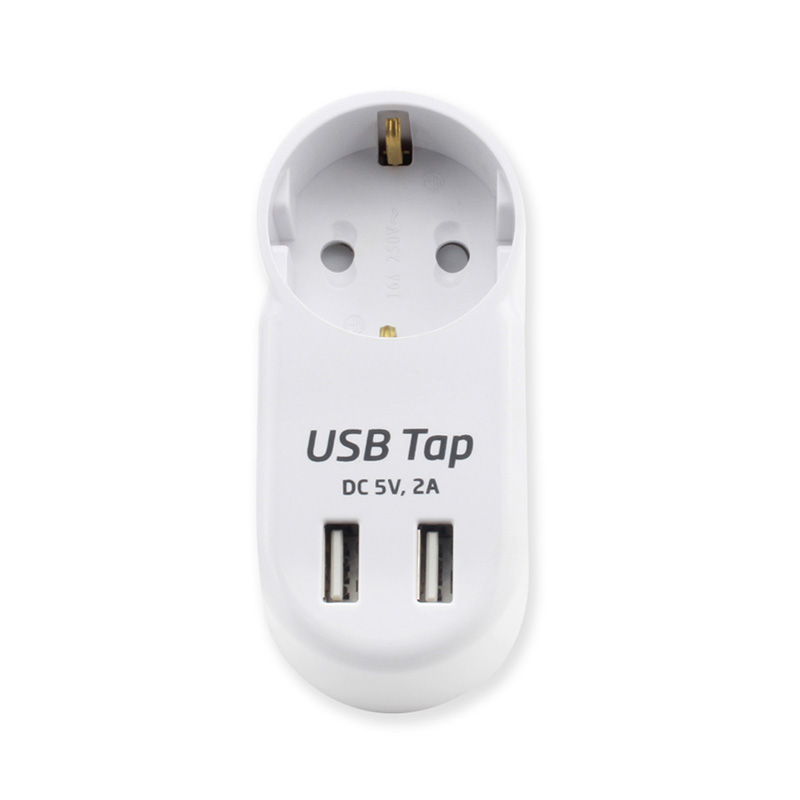Submit feedback
What are the criteria for these safety features?
 2024.07.29
2024.07.29
 Industry News
Industry News
These safety features usually comply with electrical safety standards set by the International Electrotechnical Commission (IEC) and various countries/regions. The following are some common standards organizations and standards:
IEC (International Electrotechnical Commission): The IEC publishes a number of international standards, such as the IEC 60884 series of standards, covering the design, specifications, and safety requirements for plugs and sockets.
National Standards: Countries and regions have also developed their own electrical safety standards, such as the EN standards in Europe, the NEC (National Electrical Code), and UL (Underwriters Laboratories) standards in the United States.
ISO (International Organisation for Standardisation): ISO also publishes standards related to electrical safety, such as ISO 9001 (quality management) and ISO 14001 (environmental management).
CENELEC (European Electrical and Electronic Manufacturers' Association): CENELEC publishes standards that are applicable across Europe, such as EN 60335 (Safety requirements for electrical appliances for domestic and similar uses).
These standards organizations set standards designed to ensure the safety of electrical equipment and sockets and to protect users from electric shocks, fires, and other electrical risks. Manufacturers usually follow these standards when designing and manufacturing sockets to ensure that their products comply with internationally recognized safety standards.
 TOP
TOP
 ENG
ENG
 English
English русский
русский 한국어
한국어 Deutsch
Deutsch









